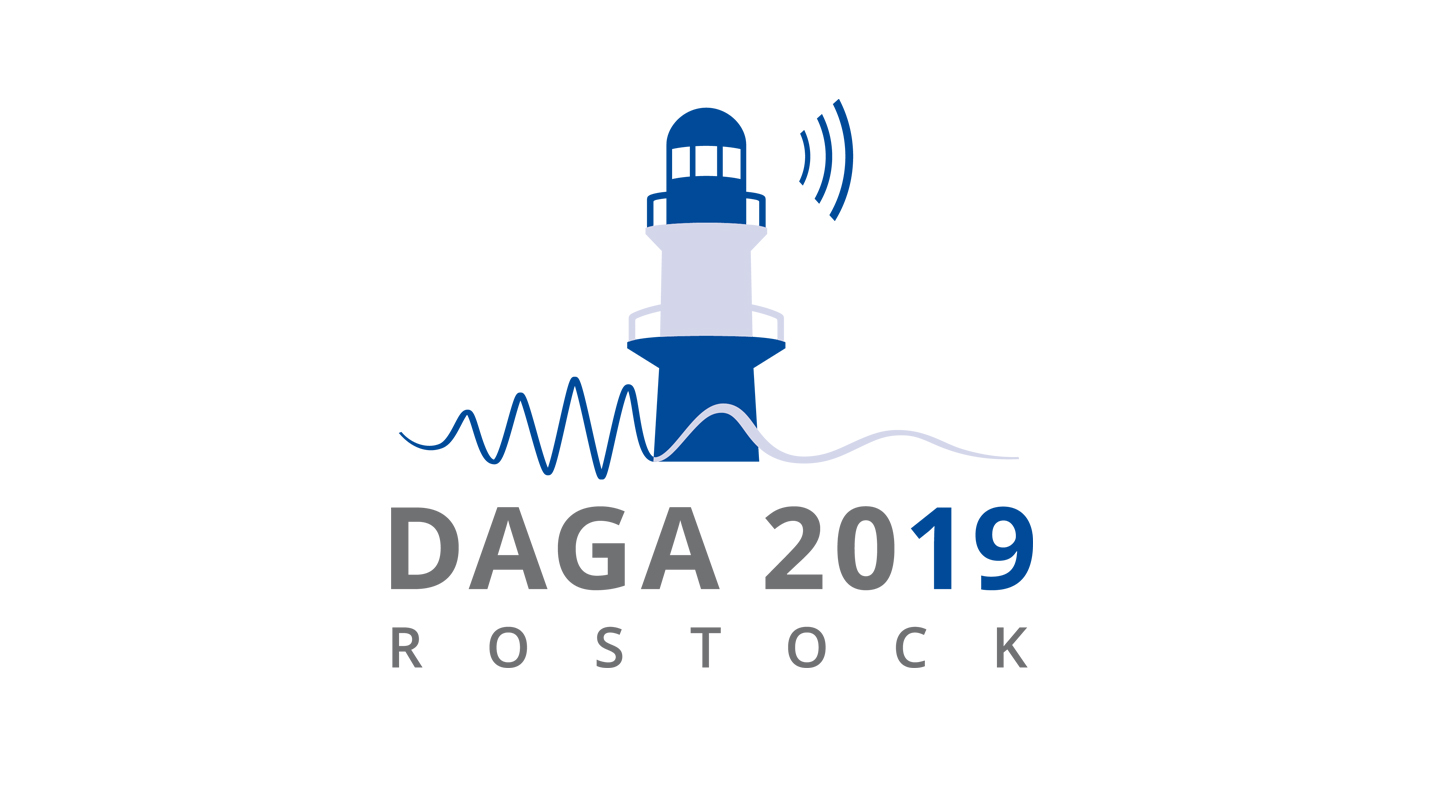Fraunhofer IDMT and Fraunhofer ISIT present their latest results in the development of MEMS loudspeakers for applications in mobile devices. Visit us at booth 7!
Interested parties are also cordially invited to attend the following poster presentations:
Schallausbreitung in kleinen Strukturen in Bezug auf MEMS-Lautsprecher
Daniel Beer, Albert Zhykhar und Andreas Männchen (Fraunhofer IDMT)
March 20, 2019, Saal 1, 11:20 a.m. CET
"Ob Kopfhörer, Hörgeräte oder Mobiltelefone, eine wesentliche Herausforderung für die Elektroakustik besteht darin, mit immer kleineren Abmessungen einen großen Klang zu erzielen. Eine hochgenaue Fertigung von sehr kleinen Lautsprechern gelingt mit der sogenannten MEMS-Technologie (Micro-Electro-Mechanical-Systems). Dieses Fertigungsverfahren aus der Halbleiterindustrie ermöglicht Genauigkeiten im Mikrometerbereich. Lautsprechermembranen, Antriebssysteme undSchallführungen können so sehr viel kleiner als bisher hergestellt werden. Wenn für die Schallerzeugung/-ausbreitung derart winzige Strukturen verwendet werden, sind dann beim Lautsprecherentwurf zusätzliche Effekte zu berücksichtigen?"
Using object-based 3D audio in cruise ship entertainment
Christoph Sladeczek, Mario Seideneck, Josua Hagedorn, Tobias Clauß und Tobias Gehlhaar (Fraunhofer IDMT)
March 20, 2019, Saal 7, 15.40 p.m. CET
»In the competition for passengers, the cruise industry must offer exceptional entertainment experiences. The limited space of a cruise ship means that areas are used for different applications. The multi-functional room ”Schaubühne” on the new TUI cruise liner ”Mein Schiff 1” provides passengers with entertainment programmes ranging from boulevard theatre, comedy and magic shows to lectures, concerts and film screenings. Accordingly, an audio system must meet all these different requirements. The technology used - which is called SpatialSound Wave - offers various presets for extending the reverberation time by means of regenerative room simulation to optimally adjust the room acoustics. In addition, the technology also allows actors to move in space and amplify them in the correct direction through the use of audio objects. The system offers a flexible integration off different media gear to switch easily between the different use cases. The poster describes the technical implementation of an object-based audio system which can be used for 3Dsound (re)production as well as for acoustic sound enhancement.«
 Fraunhofer Institute for Digital Media Technology IDMT
Fraunhofer Institute for Digital Media Technology IDMT